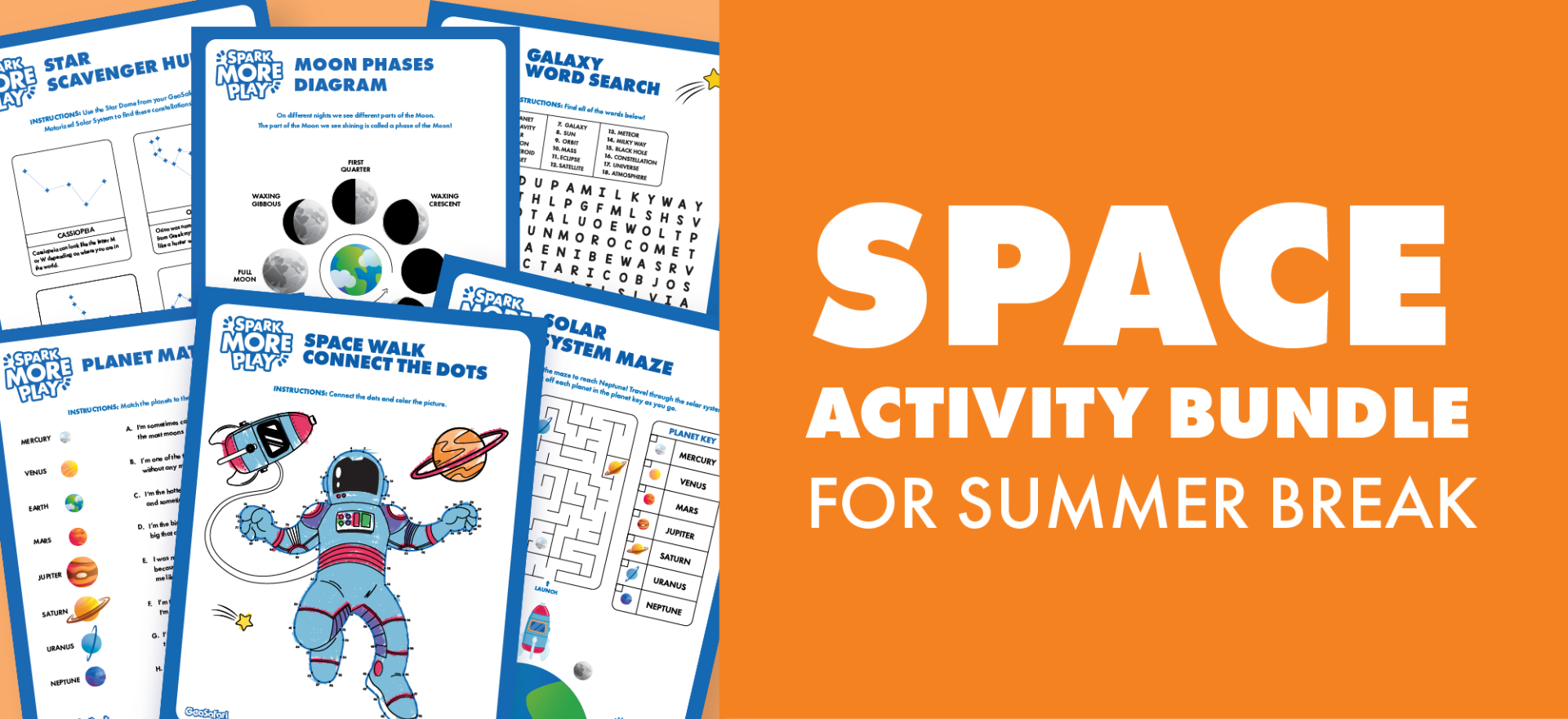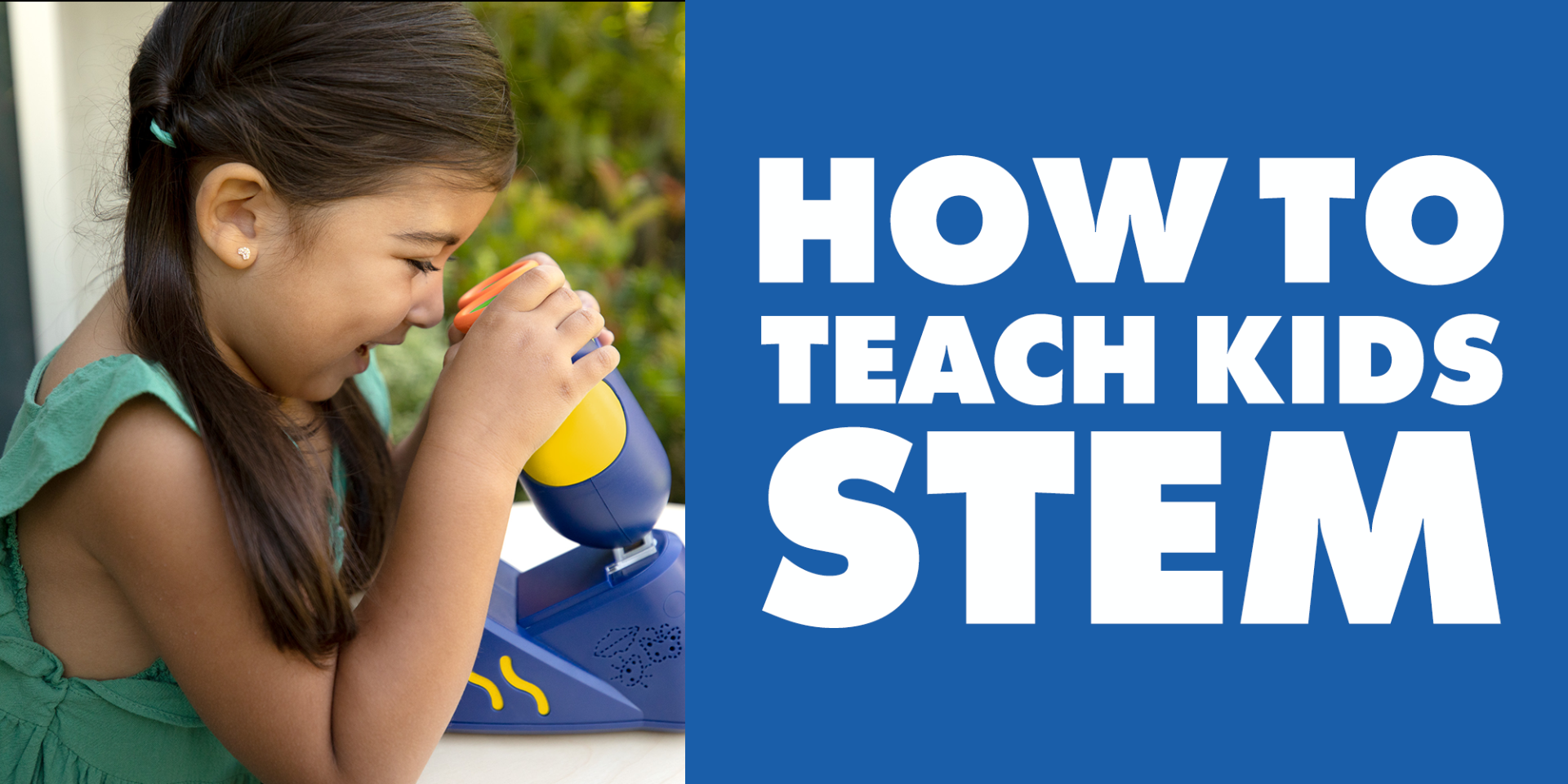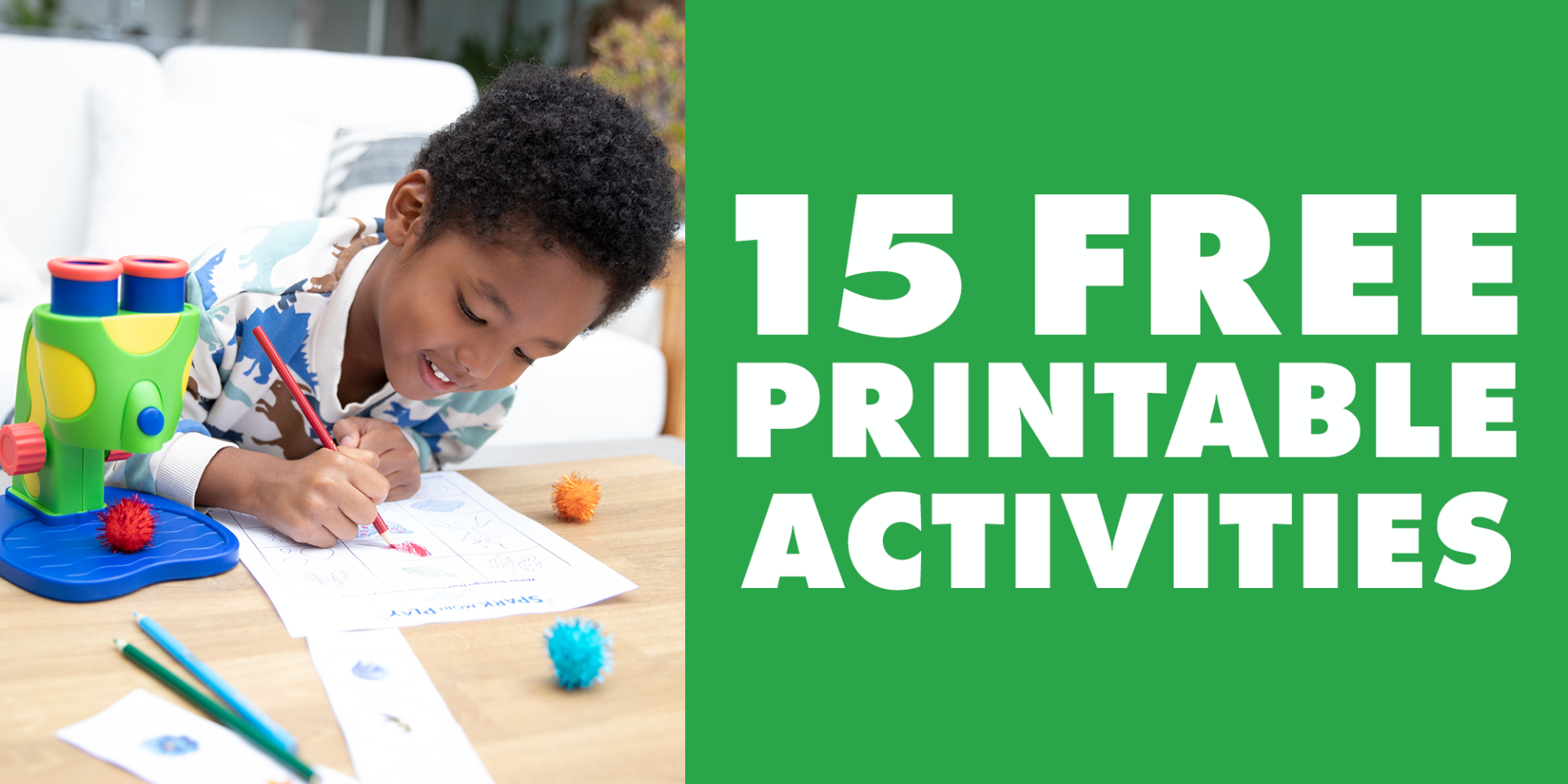
6 STEM-inists You Should Know, But Probably Don’t!
- EI Editor Posted On Sep 8, 2015 | STEM Learning
From historic accomplishments to modern-day marvels, women have made some of the most monumental contributions to the STEM fields of science, technology, engineering, and mathematics. Check out six of our favorite “STEM-inists” below and be sure to share with your daughters to inspire them to make some meaningful discoveries of their own!
- Jacqueline Jenkins-Nye (1921-2000)You probably know Bill Nye, the Science Guy. But did you know that his mother was a STEM smarty in her own right? Before Bill was born, Jacqueline worked for the Navy as a World War II code-breaker, helping the Americans translate secret German messages. The translation of these encoded messages helped end the war—up to a year and a half early!—saving many allied lives.
 Jacqueline Jenkins-Nye, photo courtesy of Vimeo
Jacqueline Jenkins-Nye, photo courtesy of Vimeo
- Julia Morgan (1872-1957)If you’re going to build things, you may as well build big! The first woman to attend the famed Ecole des Beaux-Arts in Paris and the first female architect in California, Julia is best-known for building the 165-room Hearst Castle, complete with indoor and outdoor pools and a private zoo. Construction of this sprawling estate took 28 years! Julia also designed more than 700 other buildings AND helped to rebuild many historical buildings after the great San Francisco earthquake of 1906.

Julia Morgan, photo courtesy of Metropolis Magazine
- Susan Kare (1954-present)If you’re a Mac user, you know Susan’s work, even if you don’t know her name. Susan is responsible for many of the computer interfaces you use every day, including the trash can icon, the command icon, and the Happy Mac greeting. After working with Steve Jobs to develop Apple’s iconography and typography, she moved on to Microsoft to work on Windows 3.0, was one of the founding members of Glam Media (now Mode Media), and now manages her own design firm in San Francisco.

Susan Kare, photo courtesy of Twitter
- Caroline Herschel (1750-1848)A self-proclaimed Cinderella, Caroline left her parents’ home in England, where she did all of the chores and housework, to do the same at her brother’s house– ugh! But when her brother began to study astronomy, so did Caroline, who went on to discover never-before-seen nebulae (clouds of gas and dust in outer space), star clusters, and comets. Before her death at the age of 97, Caroline became the first female scientist in England to be paid for her work. Her employer? None other than the King himself.
 Caroline Herschel, photo courtesy of Hawksmoor's Bazaar
Caroline Herschel, photo courtesy of Hawksmoor's Bazaar
- Joy Crisp, PhDA planetary geologist, Joy studies everything from lava flow and volcanic eruption clouds on Earth to actual rocks on Mars! Since 1987, Joy has worked for one of the largest space exploration agencies in the world – NASA. Currently a Principal Scientist and theDeputy Project Scientist for the Mars Science Laboratory at NASA’s Jet Propulsion Lab, Joy has participated in the successful landing of four different rovers on Mars.Since she can’t travel to Mars to study the geology there, Joy studies images and data sent by these “roving” vehicles.
- Maryam Mirzakhani (1977–present)Maryam is a female of many firsts. After discovering her aptitude for math in middle school, thenow-Stanford professor became the first female member of Iran’s Mathematical Olympiad team, the first Iranian team member to achieve a perfect score in that competition, and, much later, the first woman to win the Fields Medal (the most prestigious award in mathematics). Maryam’s work in hyperbolic geometry helps mathematicians understand the volume and symmetry of curved spaces. Challenge your mini-mathematician with Math Trekker, the portable math game that’s way more fun than flash cards.
 Maryam Mirzakhani, photo courtesy of YouTube
Maryam Mirzakhani, photo courtesy of YouTube
 Shop UK Site
Shop UK Site 









